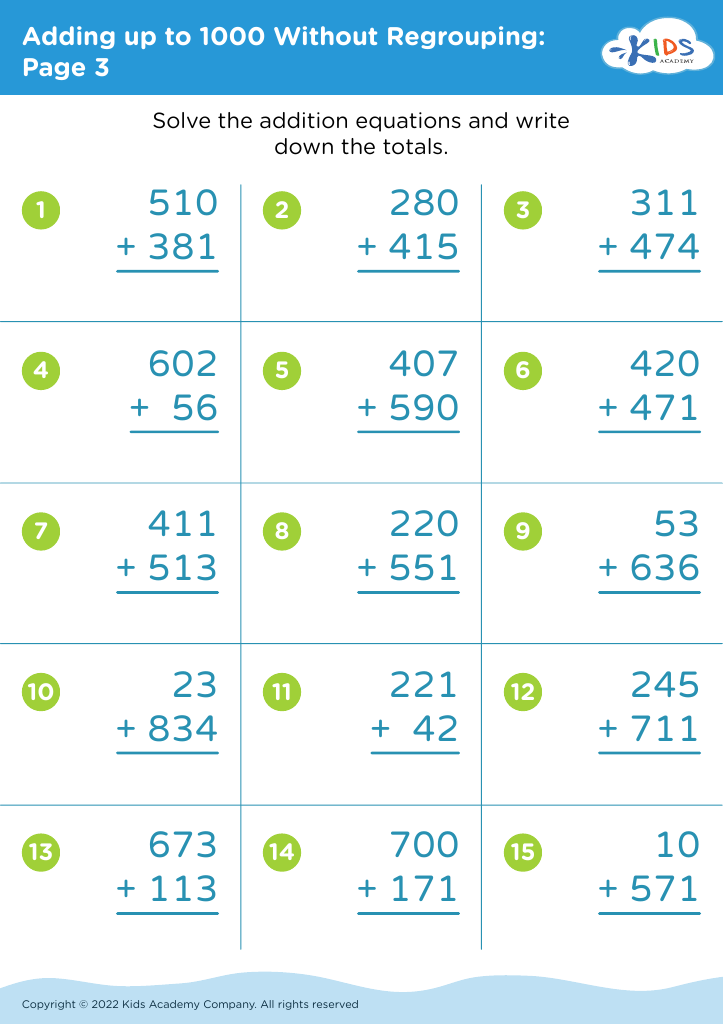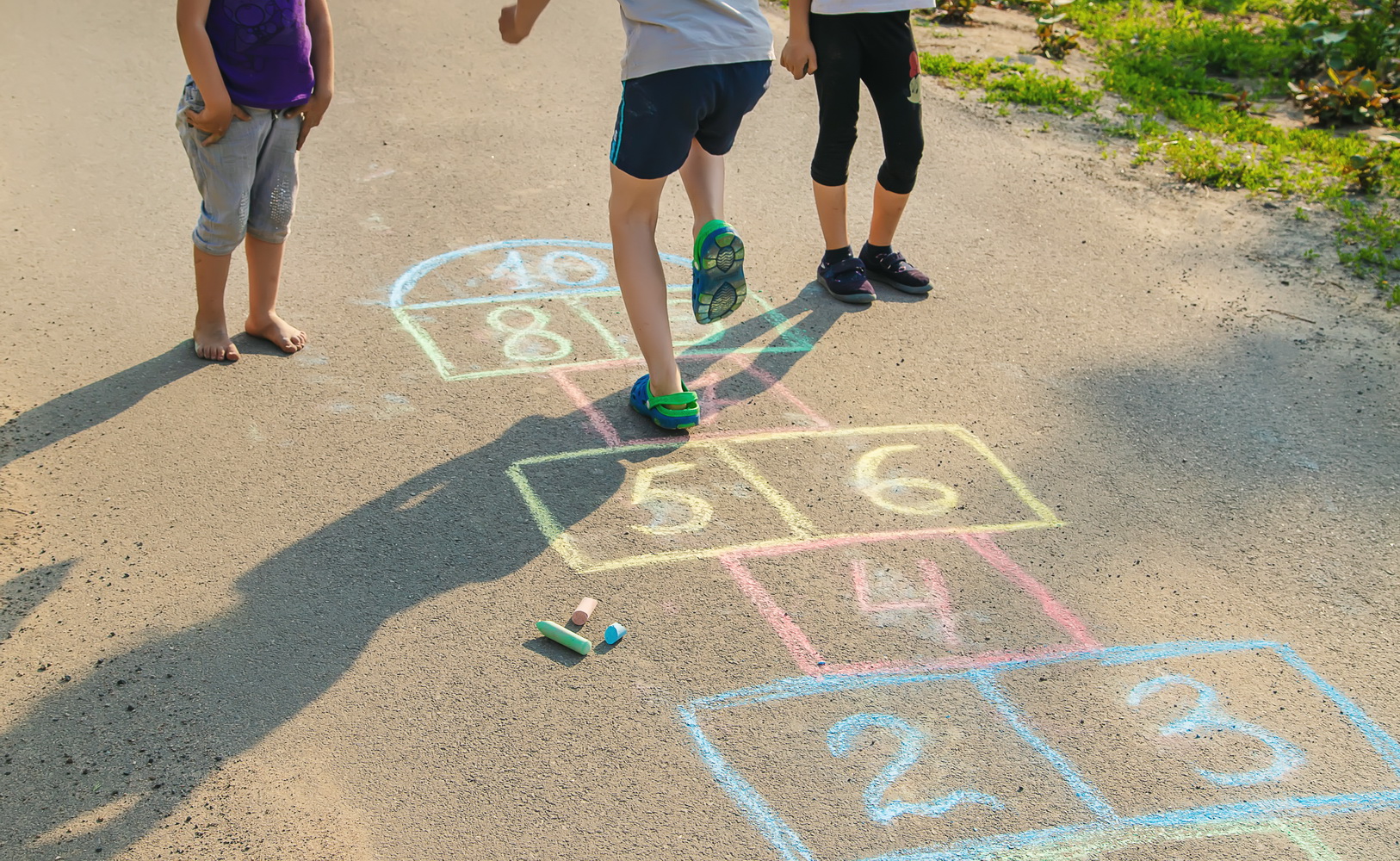Understand patterns Addition Worksheets for 9-Year-Olds
3 filtered results
-
From - To
Explore our engaging Understand Patterns Addition Worksheets designed specifically for 9-year-olds! These worksheets help young learners identify and comprehend numerical patterns, enhancing their addition skills in a fun and interactive way. By recognizing relationships between numbers, children build a solid mathematical foundation critical for future learning. Our carefully crafted exercises encourage students to solve problems independently, fostering critical thinking and self-confidence. Perfect for classroom use or home practice, these worksheets cater to different learning styles, ensuring that every child can grasp essential concepts effortlessly. Download today to help your child thrive in math by mastering the art of recognizing patterns in addition!
Understanding patterns in addition is crucial for 9-year-olds as it builds a strong foundation for arithmetic and mathematical reasoning. At this age, children transition from basic addition to more complex operations, and recognizing patterns helps them grasp concepts more easily. When children can identify consistent trends—such as adding the same number repeatedly or understanding commutative properties—they can solve problems faster and with greater confidence.
Furthermore, pattern recognition encourages logical thinking and problem-solving skills. As children become adept at spotting patterns, they begin to see connections between different mathematical concepts, allowing for a deeper understanding of numbers and their relationships. This foundational skill will not only enhance their performance in academia but also in everyday situations, where math plays a critical role.
Additionally, fostering a love for mathematics at this stage can lead to increased motivation and self-esteem. Parents and teachers can encourage this learning by providing engaging activities that involve pattern recognition, reinforcing the importance of math in a child’s education. Ultimately, by emphasizing understanding patterns in addition, adults can help 9-year-olds develop essential skills needed for their future learning journey, laying the groundwork for advanced mathematical abilities.
























